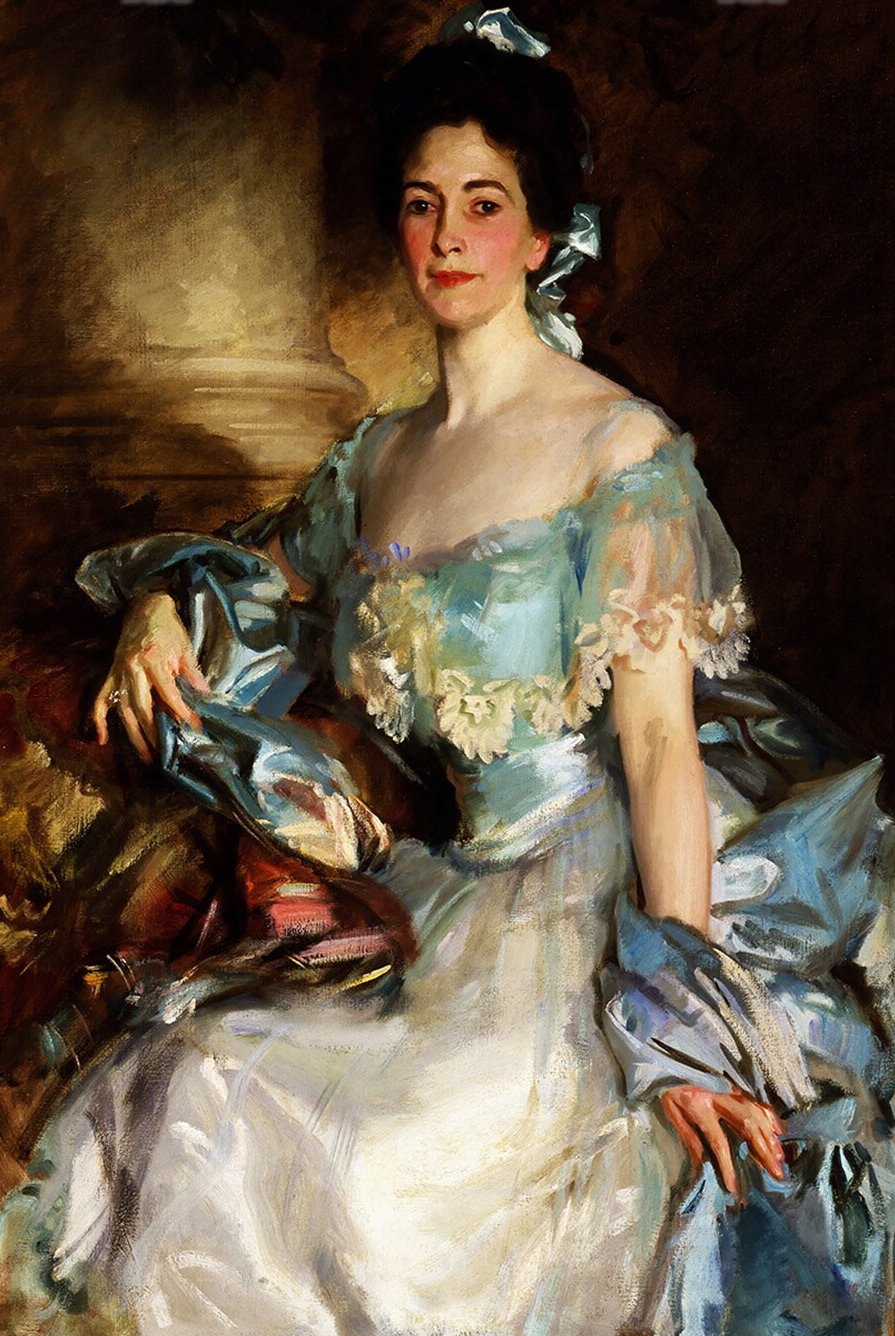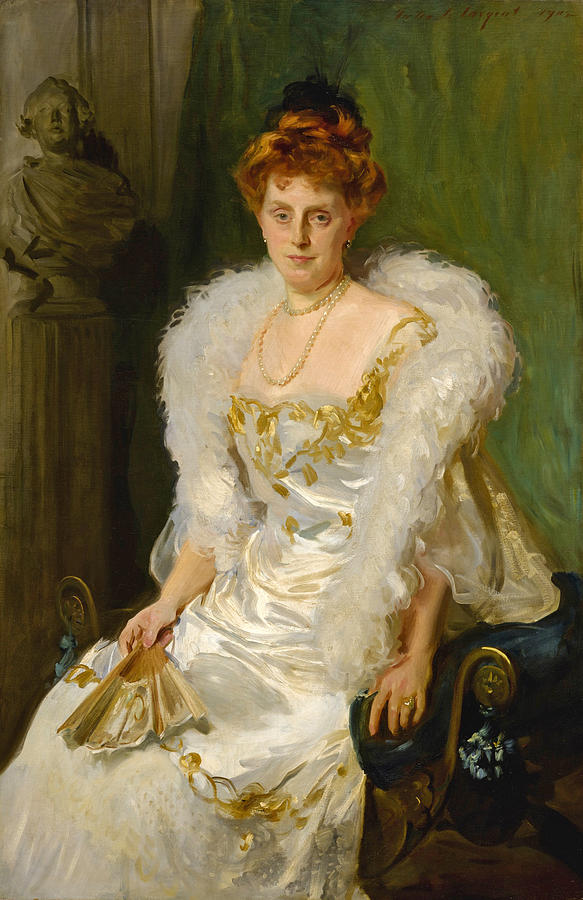Elements of Art Form Painting Form in an Artwork
Why do I demand to understand the 7 visual elements of fine art?
Composition is the arrangement of visual elements of art in a painting or drawing. If you exercise not sympathise the elements, you will never be able to create a powerful composition. There are many elements of art, but the 7 visual elements of fine art that are the most important ones to empathize are; color, course, line, shape, infinite, texture, and value. If you do non understand these 7 basic elements of art, you will never reach a master skill level.
If y'all cannot understand and correctly utilize each element of art in your paintings, then you will never be able to create a master quality slice of artwork. Without a thorough understanding of the elements of art, your artwork will be uninteresting, and have little touch on on your viewers.
Visual elements of art — color
Color is the visual element of the painting that has three properties: hue, saturation, and value. Color is what y'all see when light strikes an object and information technology is reflected dorsum into the eye, and interpreted by the optic nerves. The first of the properties is hue, which what we think of equally the main holding of color, similar red, blue, purple, dark-green, and so on. The 2nd holding is value, which defines the lightness or darkness of the visual element of color. The third property is it'south saturation, which ranges from the saturate pure hue, to light (by calculation white to the hue), and dark (by calculation black) . A representation of these the color visual element is the color wheel. There are several types of color wheel but the easiest one for beginner artists to employ is the Triadic colour bicycle which shows the hue of a colour visual element.
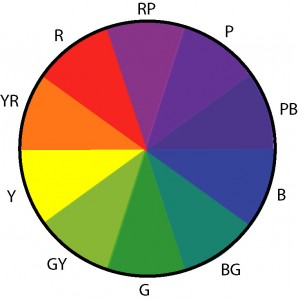
The Munsell color organisation is more complex because it defines all three visual properties of colour: hue, saturation, and value. It is used past advanced artists to create more circuitous paintings.
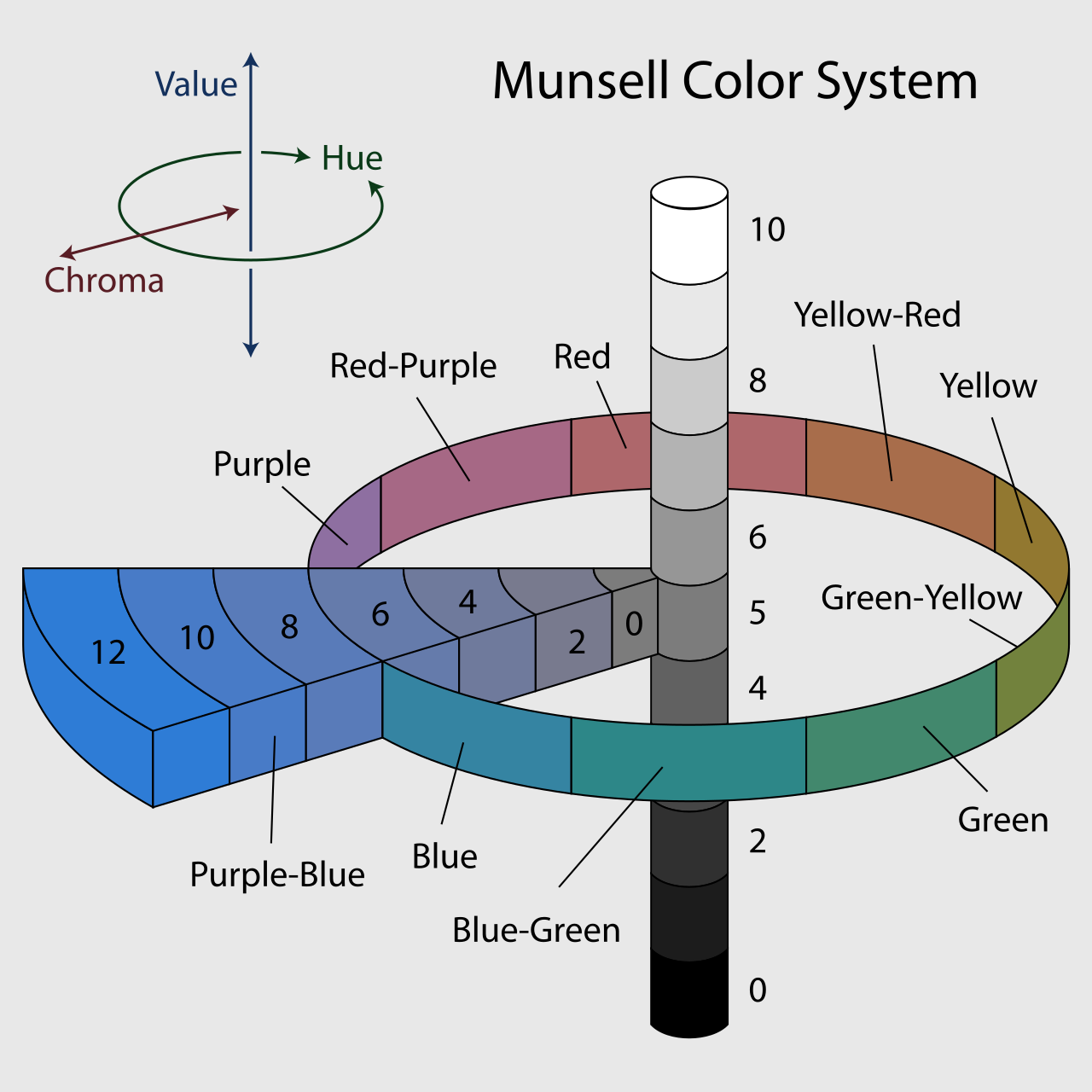
Learn more about the:
- iii components of color in art
- Munsell colour arrangement
Visual elements of art — value
As we described in a higher place, color has three components: hue, saturation, and value. The visual element of value is how light or dark a color is, from white through grey to blackness. In the Munsell colour system, a value 0 is black and a value 10 is white. Without a good understanding of value, you will never attain realism in your paintings.
For the sake of convenience this course uses the numbers ane to refer to black and nine to refer to white, even though technically speaking, in the Munsell scale these numbers would refer to 'almost blackness' and 'almost white' respectively.

Learn more virtually value in art and why information technology is important to understand it.
Visual elements of art — line
A line visual element is a mark that join ii points, and can be used to point direction or motility. For example, a line can be added to a drawing or painting to direct the viewer's center to a particular surface area of the painting, or to suggest a path to travel through to go on the viewer'southward center moving around the artwork. Lines tin can be direct or curved, or a even a combination of both.

A combination of lines are used to describe the outline of a regular shape, such as a square, circumvolve, or triangle, or an irregular shape such as a hulk.
Visual elements of art — shape
The visual element of shape tin refer to one of 2 things:
- a two-dimensional area in a painting
- a ii-dimensional object in a painting
What defines a two-dimensional area?
It is an area of a painting that from a distance is approximately the same color (same hue, value, and saturation) throughout.
Master paintings by and large accept:
- A very small number of shapes (of the order of 7- twenty) of unequal size when viewed from a distance (some very big, some middle size, and some minor ones, the smaller ones being in thefocal areas).
- As you look more closely at the painting, the viewer notices that each of the small number of shapes y'all come across when the painting is viewed from a distance are themselves further subdivided into a pocket-sized number of unequal shapes.
In this painting by Joaquin Sorolla, you lot tin see information technology is divided into three singled-out shapes if you look at the unlike nighttime, lite and medium areas of color.
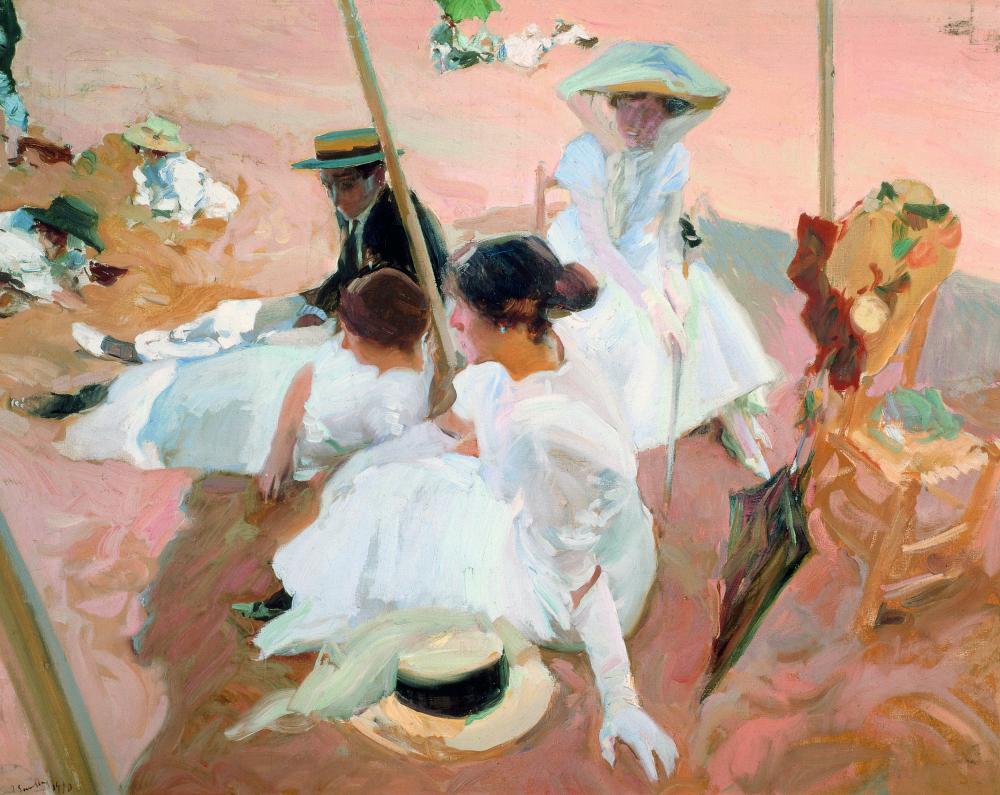
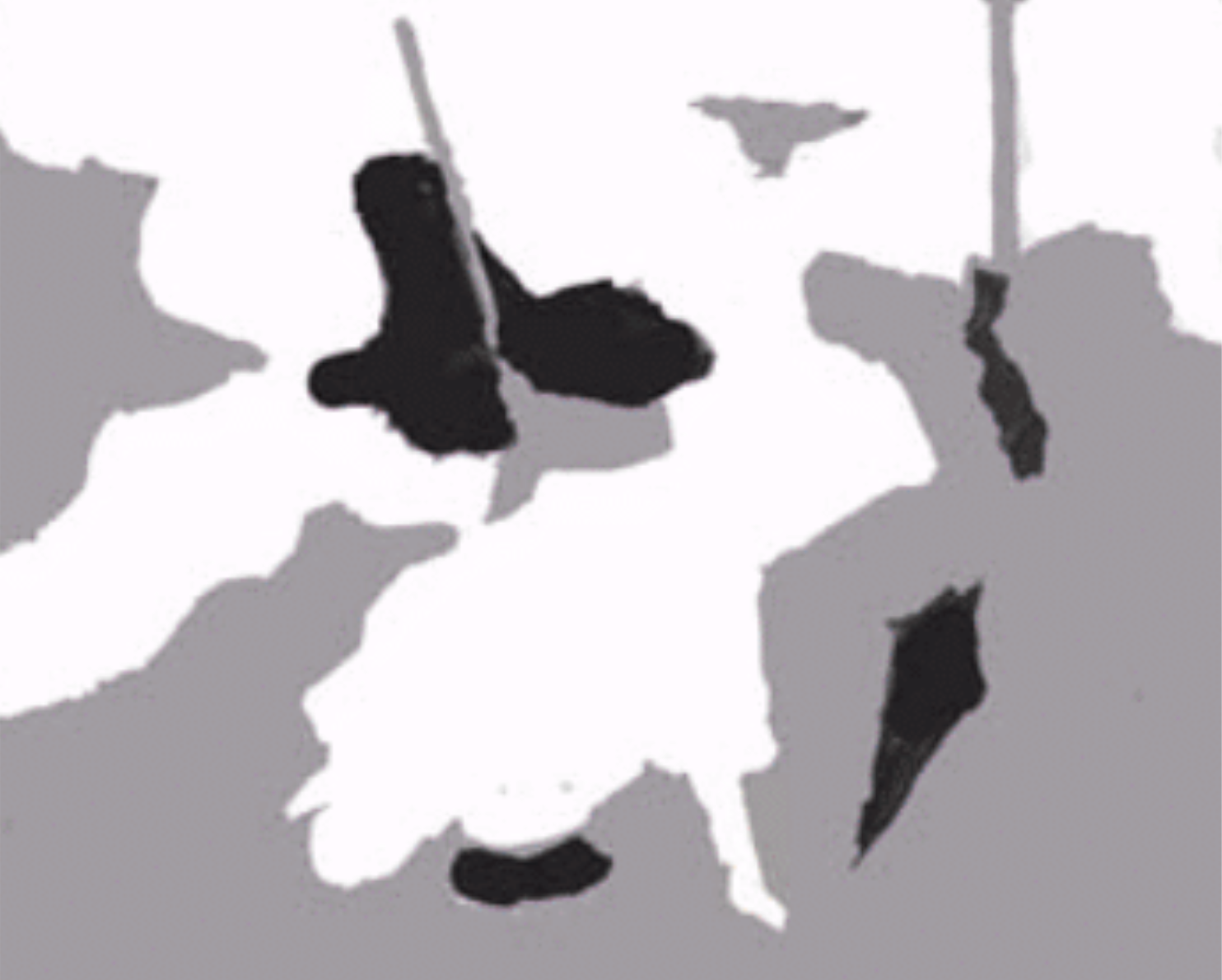
What defines a two-dimensional object?
A shape visual element can exist a geometrical shape such as circles, triangles, rectangles, and squares. They have peak and width but no depth.
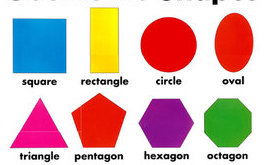
Shape visual elements can also be something more freeform, irregular, or organic, such as a blob, splatter, spiked shape.
Visual elements of fine art — form
Form is a three-dimensional object that has height, width and depth, such as cubes, spheres and cylinders. Information technology is the physical 3-dimensional appearance and structure of an object.
More than circuitous objects can also exist simplified in terms of its light and shade. You do this past learning how to break these complex visual elements down into one or more simple objects. This level of particular of grade is sufficient for many parts of your paintings – for case, trees and people in the middle distance.
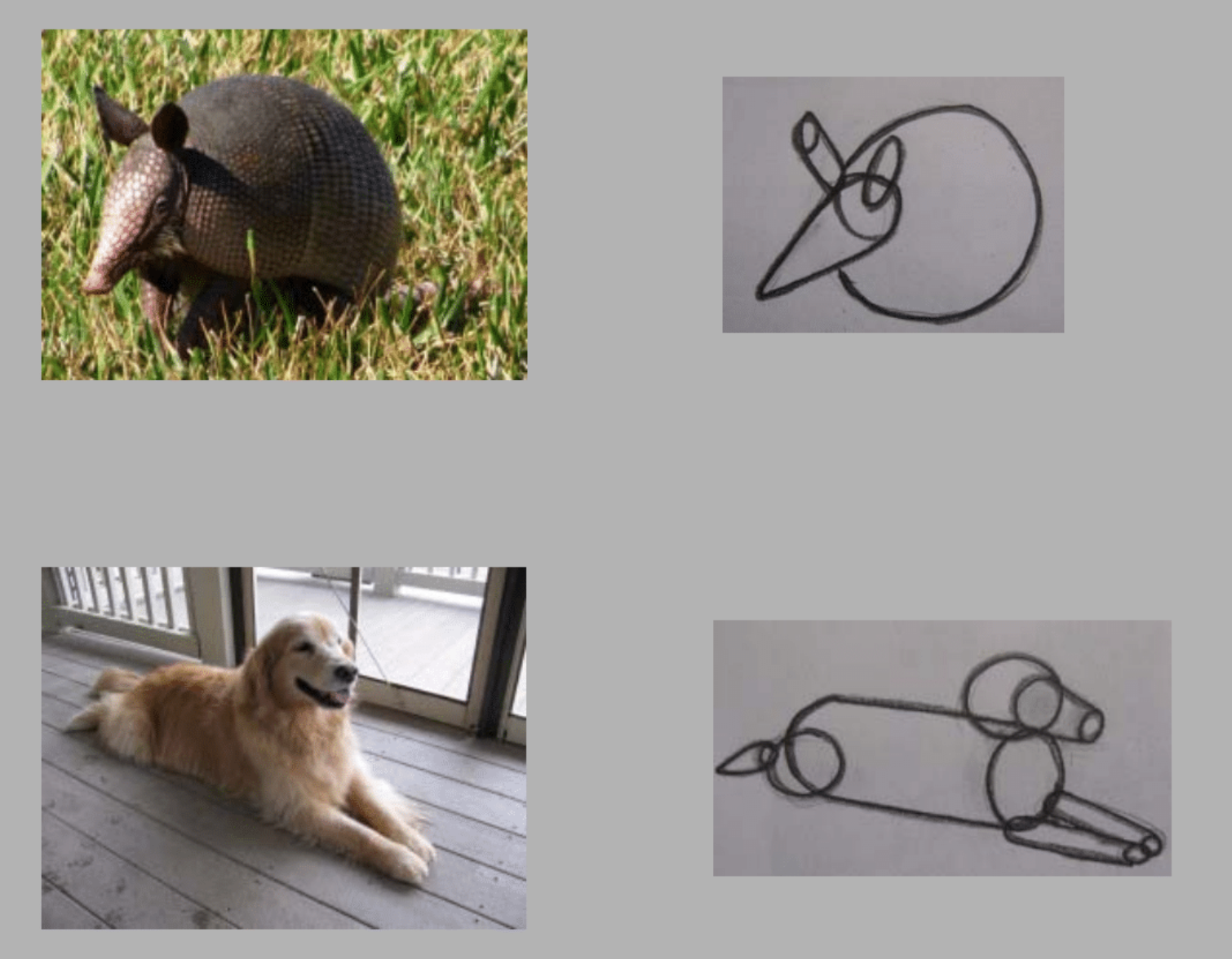
Read more about form in fine art and the 2 types of form
Visual elements of fine art — space
The visual chemical element of space refers to the area betwixt and around objects in a painting. When y'all accept achieved a good feeling of space in your artwork, then the viewer tin can recognize what you lot are trying to capture.
There are two dissimilar types of spaces you can use for different effects. Positive space refers to the areas of the work with the master field of study of the painting, while negative space is the space around the main subject. One principle that says that yous should actively design the negative shapes to be cute shapes, and not let them happen as an automatic by product of drawing the positive shapes.
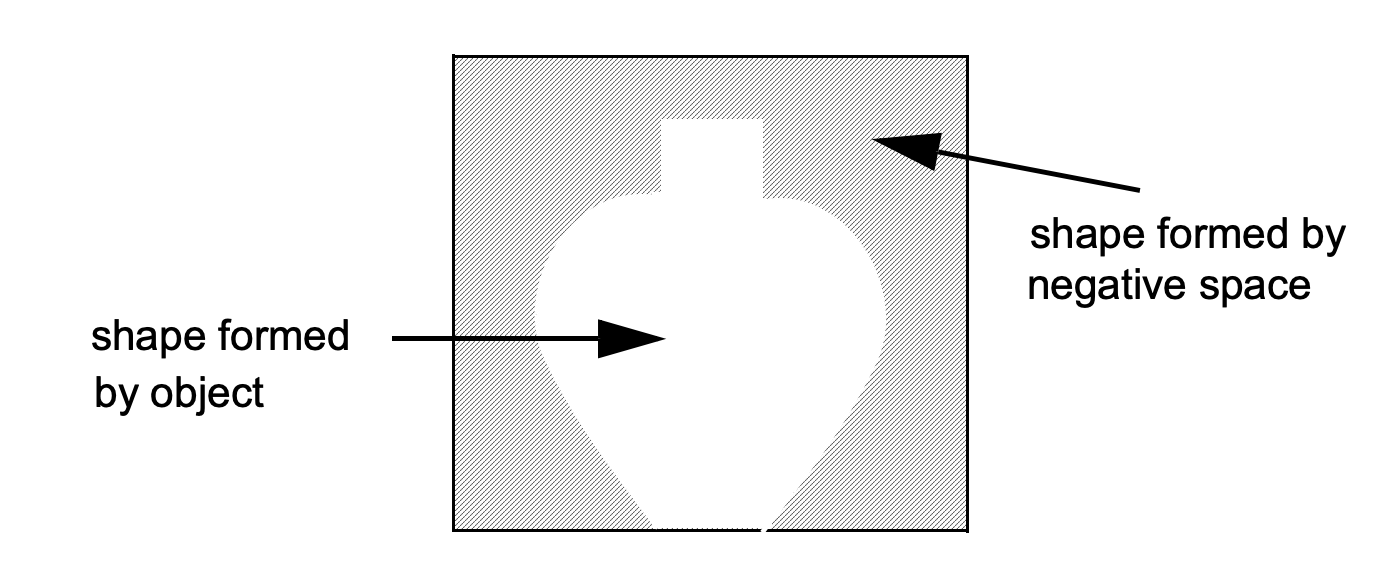
Visual elements of art — texture
Normally when we think of texture, we conjure upwards phrases similar "soft as silk", scratchy as a human's stubble", and "hard as rock". Considering painting and drawing are visual and not tactile, you accept to represent objects and surfaces with your pigment or pencil. Some artists add thick globs of paint to the canvas to emulate texture (such as rocks and waves), merely this does not work for everything.
John Singer Sargent was a master at creating texture with a few brushstrokes. In these two figure paintings you can "feel" the softness of the satin and silk cloth, the fineness of the lace, the softness of the plume boa. Expect carefully at the pearl necklace and yous want to bear upon information technology to make certain is not existent. With a lot of careful observation and masterly brushstrokes, y'all will be able to accomplish the texture element of fine art in your paintings too.
What are the 7 elements of art?
Composition is the arrangement of visual elements of art in whatever painting or drawing. There are many elements of art, only the 7 visual elements of fine art that are the most important ones to understand are; colour, form, line, shape, space, texture, and value. If y'all exercise not empathize these 7 basic elements of fine art, y'all will never reach a master skill level.
Why is it important to understand the 7 elements of art?
If you cannot empathise and correctly apply each element of art in your paintings, then you will never exist able to create a main quality piece of artwork. Without a thorough understanding of the elements of art, your artwork will exist uninteresting, and accept little impact on your viewers.
Source: https://www.virtualartacademy.com/elements-of-art/






